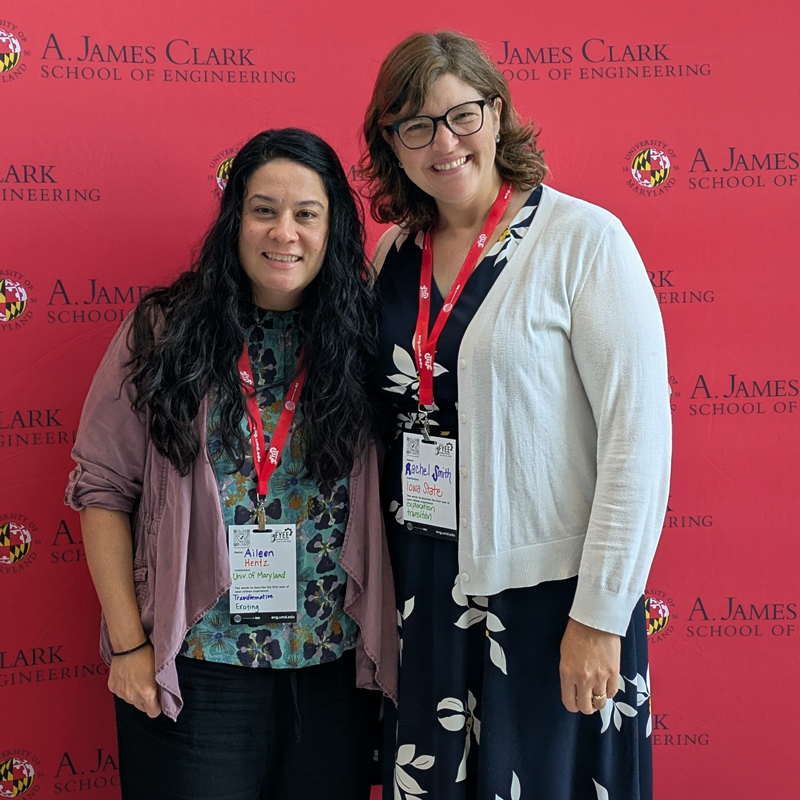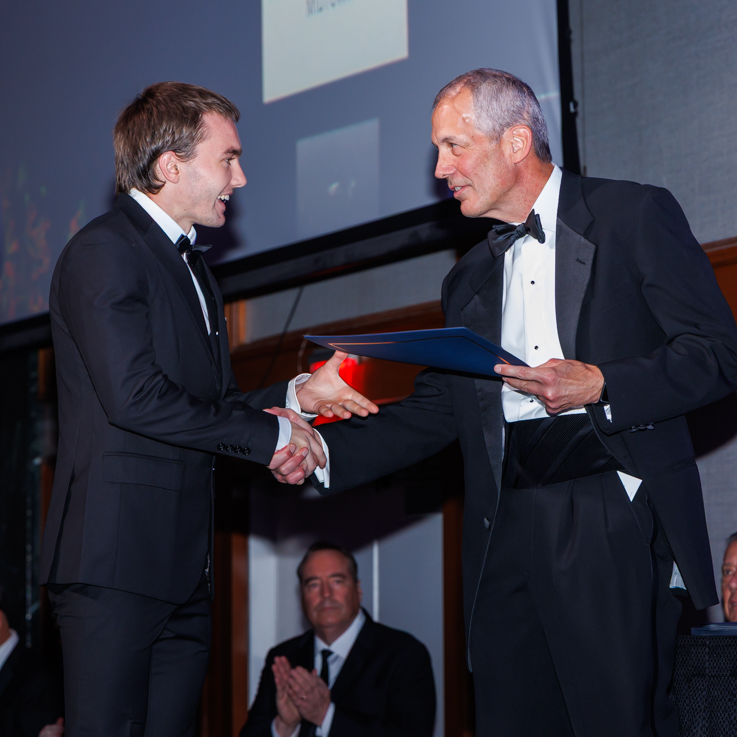News Story
UMD Professors Receive APS Awards
The American Physical Society (APS) has honored four University of Maryland Clark School of Engineering professors in its 2013-2014 awards cycle.
APS is an organization that works to advance and diffuse the knowledge of physics through its research journals, scientific meetings, education, outreach, advocacy, and international activities. APS represents over 50,000 members, including physicists in academia, laboratories, and industry across the nation and the world.
APS distributes prizes and awards annually to recognize outstanding achievements in research, education and public service. With few exceptions, APS awards and prizes are open to any member of the national and international scientific community. The nomination and selection of recipients is done by APS-appointed selection committees.
Of the 55 new awards in 2013-2014, four were given to Clark School professors. The recipients are listed below.
Edward A. Bouchet Award
Luz Martinez-Miranda, Materials Science and Engineering
“For her pioneering research on liquid crystals, in particular on the interactions of ordered liquid crystals and nanoparticles and their applications and extensive effort in mentoring and increasing diversity in physics and materials science.”
Fluid Dynamics Prize
Elaine S. Oran, Aerospace Engineering
“For seminal contributions to the understanding of reactive flows through computational simulations, especially the deflagration-to-detonation transition in gases and supernovae.”
Julius Edgar Lilienfeld Prize
Edward Ott, Physics and Electrical and Computer Engineering
“For pioneering contributions in nonlinear dynamics and chaos theory that have been uniquely influential for physicists and scientists in many field, and for communicating the beauty and unifying power of these concepts to remarkably diverse audiences.”
James Clerk Maxwell Prize for Plasma Physics
Phillip A. Sprangle, Electrical and Computer Engineering
“For pioneering contributions to the physics of high intensity laser interactions with plasmas, and to the development of plasma accelerators, free-electron lasers, gyrotrons and high current electron accelerators.”
Published May 23, 2014









